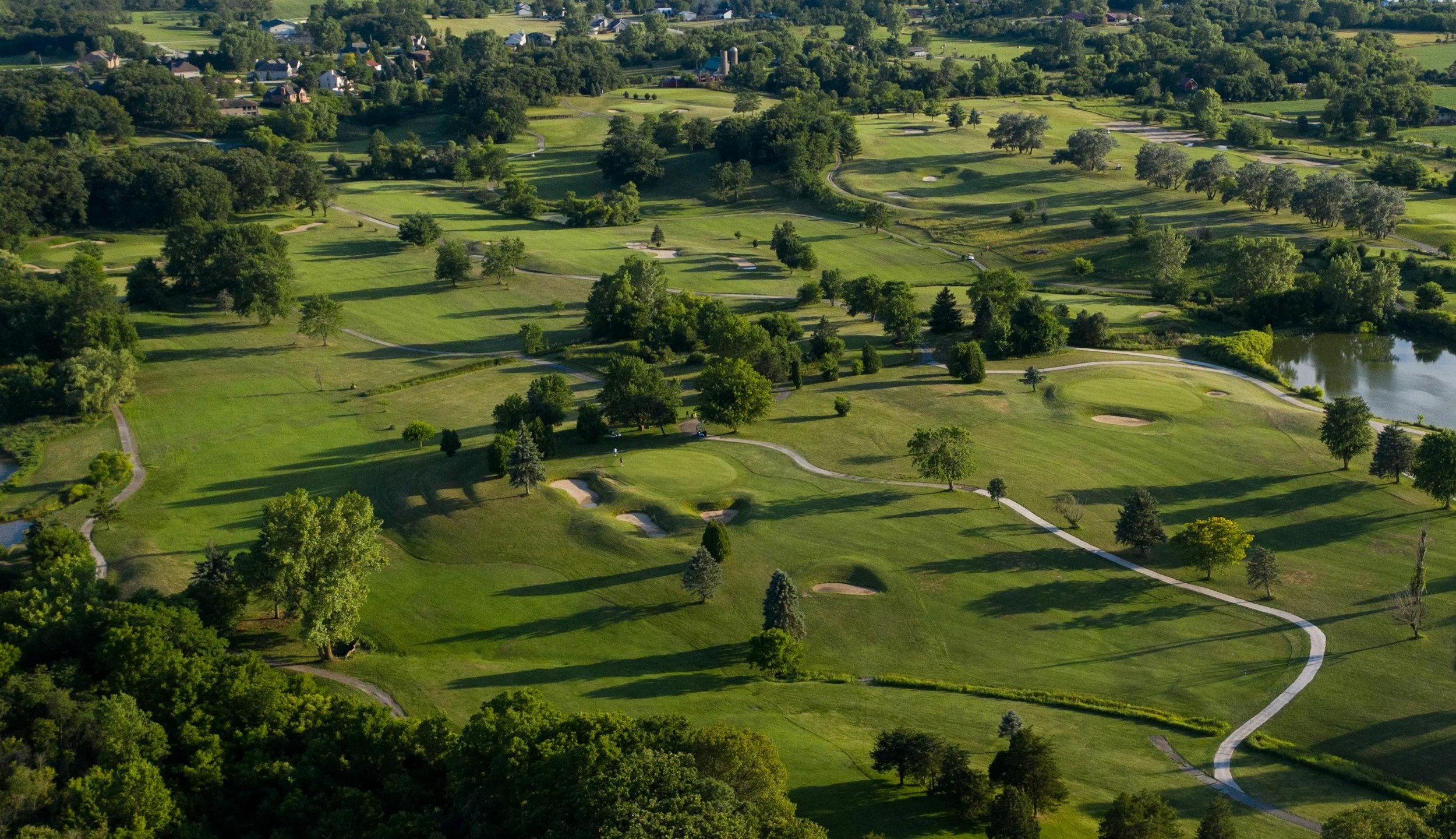A Response to the Opposing Legal Opinion
In fact, section 2.10 of the Master Declaration reads, in pertinent part, as follows:
"Any tract within The Plantation, designated at any time by the Grantor as open space areas, shall not be subject to the terms of this Master Declaration except for those provisions which would apply to construction, alteration, modification, removal, destruction and maintenance of improvements thereon and the establishment and preservation of certain aesthetic conditions as set forth in this Master Declaration…such applicable provisions shall include those relating to violations and the correction thereof (including enforcement, assessments, levies, liens and collection). For any other purpose, the Owner or Owner-Purchaser shall not be a member…nor...required to pay any association dues."
If the golf course is "open space," then it is easy to conclude that the golf holes constructed thereon are "improvements" and that the entire course is also an "aesthetic condition," both capable of destruction or defense under this provision.
The Master Declaration Contract (MDC) section attributed to the citation by Ms. Bones, in fact, stands for the opposite proposition for which it is offered: though not a member or dues payer, the "Owner" must comply with MDC provisions as to developments on open space! He is subject to the same controls as any member would be on construction and alteration, plainly. Further, the Bones feedback summary goes on to conclude, as has just been concluded above, that the Association does have authority as to "oversight of improvements constructed on the golf course property."
